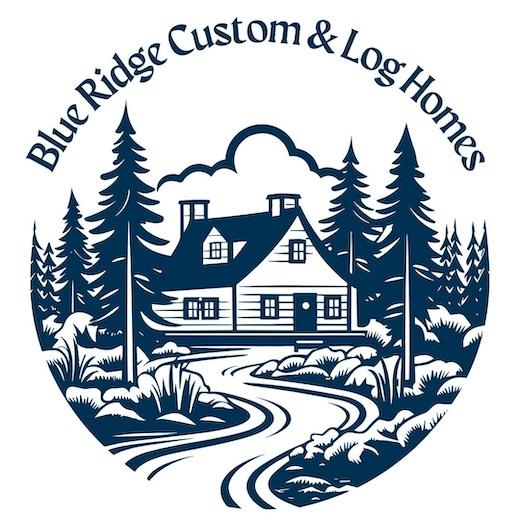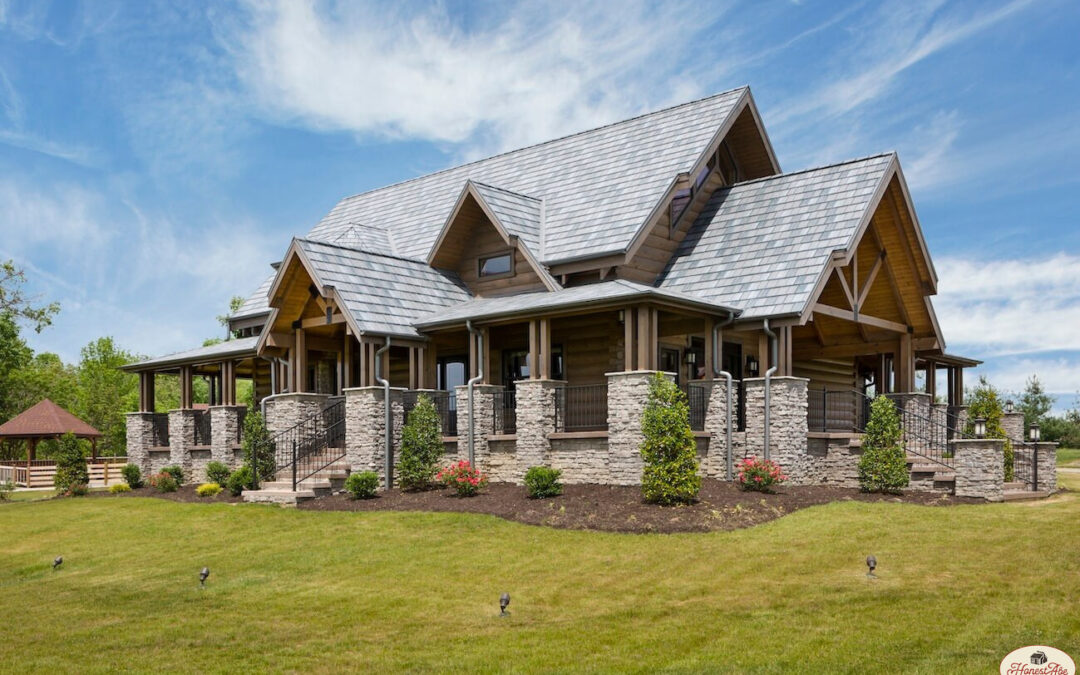When building a log or timber frame home, every decision plays a role in the home’s longevity and ease of maintenance. One of the most critical choices homeowners face is selecting the right foundation. The foundation not only supports the home structurally but also determines how well the home withstands moisture, temperature fluctuations, and settling over time. Choosing the right foundation can reduce maintenance needs, prevent costly repairs, and increase the overall lifespan of the home. Here’s how thoughtful foundation planning can make a significant difference.
1. Choosing the Right Foundation Type
Log and timber frame homes typically utilize one of three foundation types: full basements, crawl spaces, or slab-on-grade foundations. Each has its own advantages and potential drawbacks:
- Full Basement: Provides additional living or storage space and excellent insulation but requires proper drainage and waterproofing to prevent moisture issues.
- Crawl Space: Elevates the home off the ground, allowing for airflow and easy access to utilities, but must be properly ventilated and insulated to avoid moisture buildup.
- Slab-on-Grade: A cost-effective and low-maintenance option that eliminates crawl space concerns but may require added insulation to prevent heat loss.
2. Proper Site Preparation
A well-prepared site is essential for foundation durability. Before construction, the building site should be evaluated for soil composition, drainage patterns, and potential erosion risks. A geotechnical analysis can determine if soil conditions require additional reinforcement or drainage solutions. Key site preparation steps include:
- Clearing organic material that could decay over time.
- Ensuring the ground is level and properly compacted.
- Installing a drainage system to direct water away from the foundation.
3. Moisture Control and Drainage
Moisture is one of the biggest threats to a log or timber frame home’s foundation and structure. Effective drainage solutions prevent water from pooling around the foundation, reducing the risk of rot, mold, and foundation shifting. Best practices include:
- Grading the Land: Sloping the ground away from the foundation to direct water runoff.
- Gutters and Downspouts: Installing gutters and extending downspouts at least five feet away from the home.
- French Drains: Using perforated pipes buried around the foundation to channel water away.
- Waterproofing Treatments: Applying sealants and installing moisture barriers to basement walls and crawl spaces.
4. Insulation and Ventilation Considerations
Temperature fluctuations can cause foundation materials to expand and contract, leading to cracks and structural issues. Proper insulation and ventilation can prevent these problems while also improving energy efficiency. Key strategies include:
- Insulating Foundation Walls and Floors: Reduces heat loss and prevents condensation.
- Encapsulating Crawl Spaces: Helps control humidity levels and prevents wood deterioration.
- Installing Vents or Dehumidifiers: Ensures proper airflow and minimizes moisture buildup.
5. Selecting Durable Foundation Materials
The materials used in the foundation directly impact its longevity. Concrete, stone, and reinforced concrete block foundations are common for log and timber frame homes. Considerations include:
- Concrete with Proper Reinforcement: Ensures structural integrity and resists shifting.
- Stone or Brick Foundations: Offer a rustic aesthetic but require expert installation to prevent settling issues.
- Pressure-Treated Wood for Piers or Posts: If using a post-and-pier foundation, ensure materials are treated to resist rot and insect damage.
6. Preventing Settling and Structural Shifts
Settling is a natural process for any home, but excessive movement can cause structural issues. To minimize this risk:
- Use deep footings in areas with expansive or shifting soils.
- Consider helical or driven piles for additional support in unstable ground conditions.
- Periodically inspect and relevel the foundation if needed.
7. Regular Foundation Maintenance
Even the best-built foundation requires ongoing maintenance to ensure longevity. Homeowners should:
- Inspect the foundation annually for cracks, moisture issues, or shifting.
- Ensure drainage systems remain clear and functional.
- Reapply sealants or waterproofing treatments as needed.
- Monitor crawl spaces and basements for signs of mold or excessive humidity.
The foundation of a log or timber frame home is not just a structural necessity—it’s an investment in the home’s long-term durability and ease of maintenance. Choosing the right foundation type, preparing the site properly, implementing effective drainage, and using high-quality materials all contribute to a home that remains sturdy and low-maintenance for generations. Homeowners who take the time to make informed foundation decisions will enjoy a home that not only stands strong but also requires less upkeep over time.

